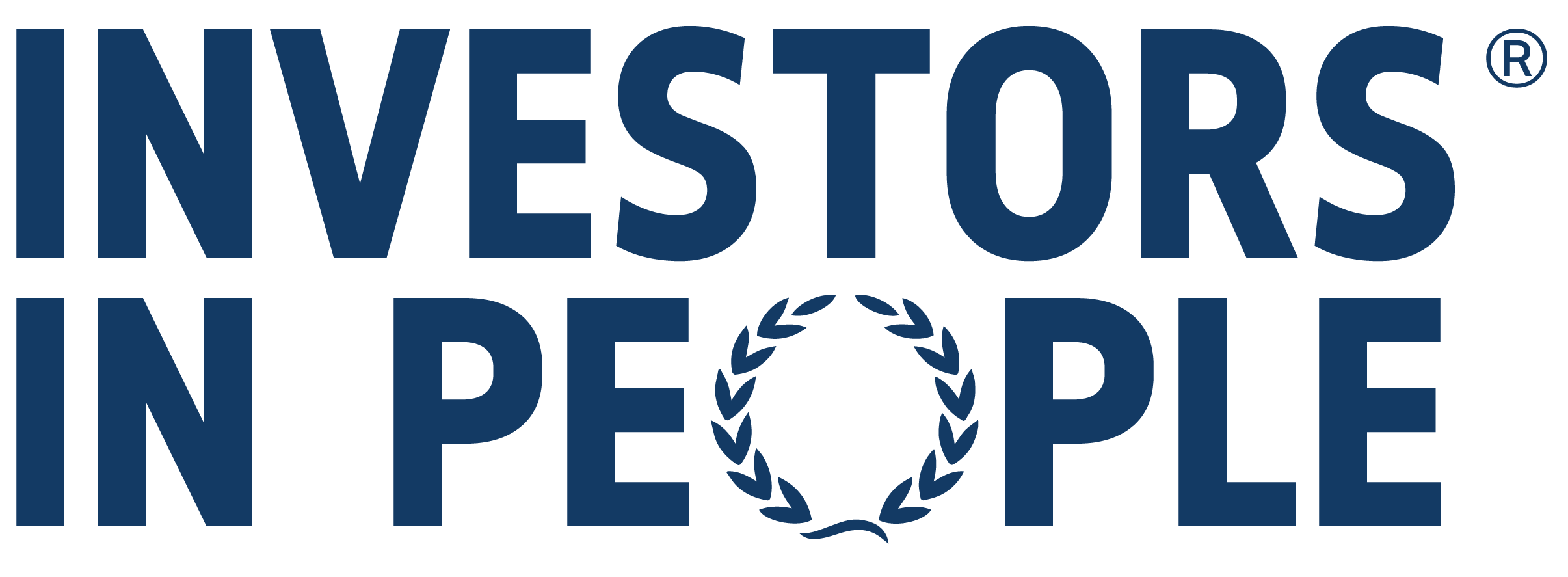Why should we focus on improving wellbeing at work? Leaders that focus on improving the wellbeing of their people tend to enjoy better relationships with them, which in turn leads to higher job-related wellbeing and satisfaction.
Let’s look at key leadership behaviours that increase wellbeing.
1. Reduce uncertainty and increase certainty
Uncertainty is very stressful to human beings. And yet the modern working world can be filled with uncertainty, driven by changing markets, the dynamics of relationships, role-related uncertainty and more. Leaders should try to introduce certainty into their employees’ lives to counteract the natural uncertainty that accompanies working life.
There are many ways to do this. Being very clear on the boundaries of flexible working is important to facilitate improved work-life balance and productivity from this valuable initiative. Allowing employees to job craft to reduce uncertainty in their roles linked to their own personalities and strengths is another positive leadership behaviour.
But one of the simplest and most effective methods for reducing uncertainty is being honest with staff. For example, being clear when you can solve their problems and when you can only listen. Oftentimes, leaders are more restricted than employees think in their ability to solve problems. Being honest reduces uncertainty and also enhances trust.
2. Help staff stop leaking energy
Energy management is a critical skill for every employee that wants to establish positive work-life balance and better relationships with family, a sustainable approach to doing more with less and improved resilience to fatigue, exhaustion and burnout. Alongside emotional intelligence, it’s a must-have.
Improving energy usage requires several skills, such as taking action to reduce rumination and circular thinking, getting more physical exercise, taking work-related breaks during the day and breaking down larger goals into smaller tasks. Each sub-skill either slows down the depletion of energy or regenerates it.
Leaders can help in many ways: educating staff on why energy management is so critical is the first step, otherwise they may focus all their attention on time management. This is not a sustainable solution, as we cannot create more time in the day. Because energy is a renewable resource, it must be the core focus for improving long-term wellbeing.
Beyond education, facilitating flexible working hours can help people with different sleep patterns better manage their energy throughout the day. Meanwhile, ensuring larger goals are broken down into tangible tasks and that staff fully understand how to achieve these tasks helps reduce uncertainty over focus and performance standards, both of which fuel energy depletion.
3. Offer constructive feedback and praise
Strengths-based development has surged in the last few years as organisations recognise the validity of using an employee’s existing skillset as a springboard for growth. There’s no doubt that positive reinforcement helps embed beneficial behaviours and skills and leaders that adopt a strengths-based approach orient individuals towards both more productive behaviours and a healthier self-image.
Heaphy and Losada (2014) looked at 60 teams and concluded that the best-performing ones averaged 5.6 compliments for every criticism. This contrasted significantly from the lowest-performing teams, where there were three criticisms for every compliment. This isn’t to say that negative reinforcement doesn’t have its place in the workplace, but that generally positivity creates a healthier, more progressive atmosphere.
The lesson for leaders is that being deeply aware of employees’ strengths, weaknesses and goals gives the knowledge necessary to develop them through positive reinforcement of their best traits, while at the same time gently guiding their behaviour with constructive feedback. But unless you understand your employees’ strengths and weaknesses, this is difficult to do.
4. Reinforce relevant company messages
We’re all subject to an increasingly vast amount of information on a daily basis and nowhere is this more true than the workplace. Email continues to be a source of stress for staff. Being overwhelmed can lead to burnout and fatigue, but it can also take its toll in another way, by blinding individuals to the most relevant information that slips through the net.
And yet relevant messages come round regularly, often it’s internal ones which more easily fall down the priority list compared to mission-critical or client-facing correspondence. These are oftenthe messages most essential to employee wellbeing and performance. For example, reminders to sign up to pension seminars or other financial wellbeing initiatives, through to notes on how to ensure they don’t miss out on the expenses deadline for the month.
Leaders should distill this type of information for employees, send regular reminders about deadlines, facilitate attendance at relevant events and generally show that they are concerned with the welfare of their staff by reinforcing wellbeing-related messaging. This helps develop trust in the employer-employee relationship.
Keen to improve leadership skills in all areas? Take a look at our article on the two types of trust and why you need both to be an effective leader.







